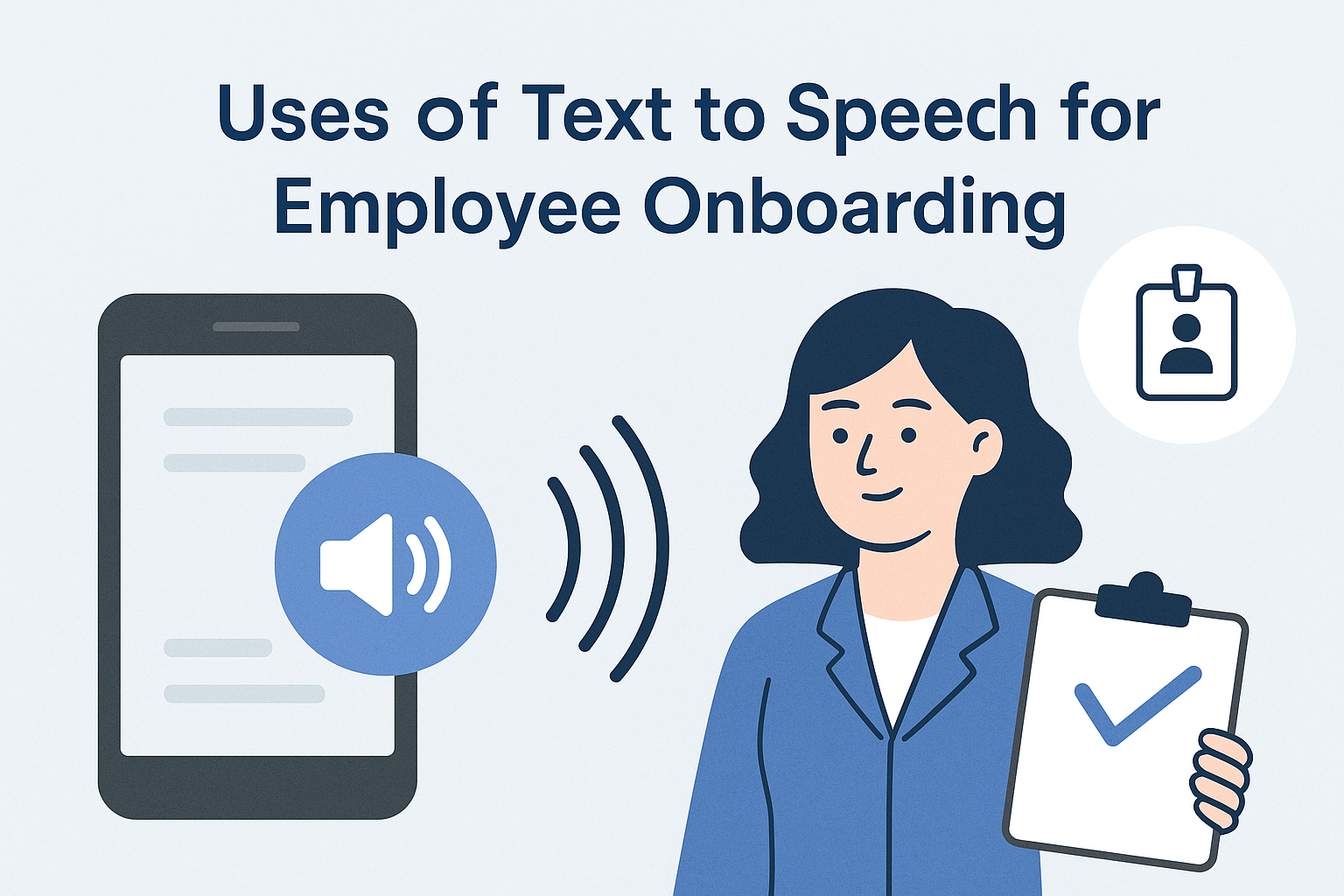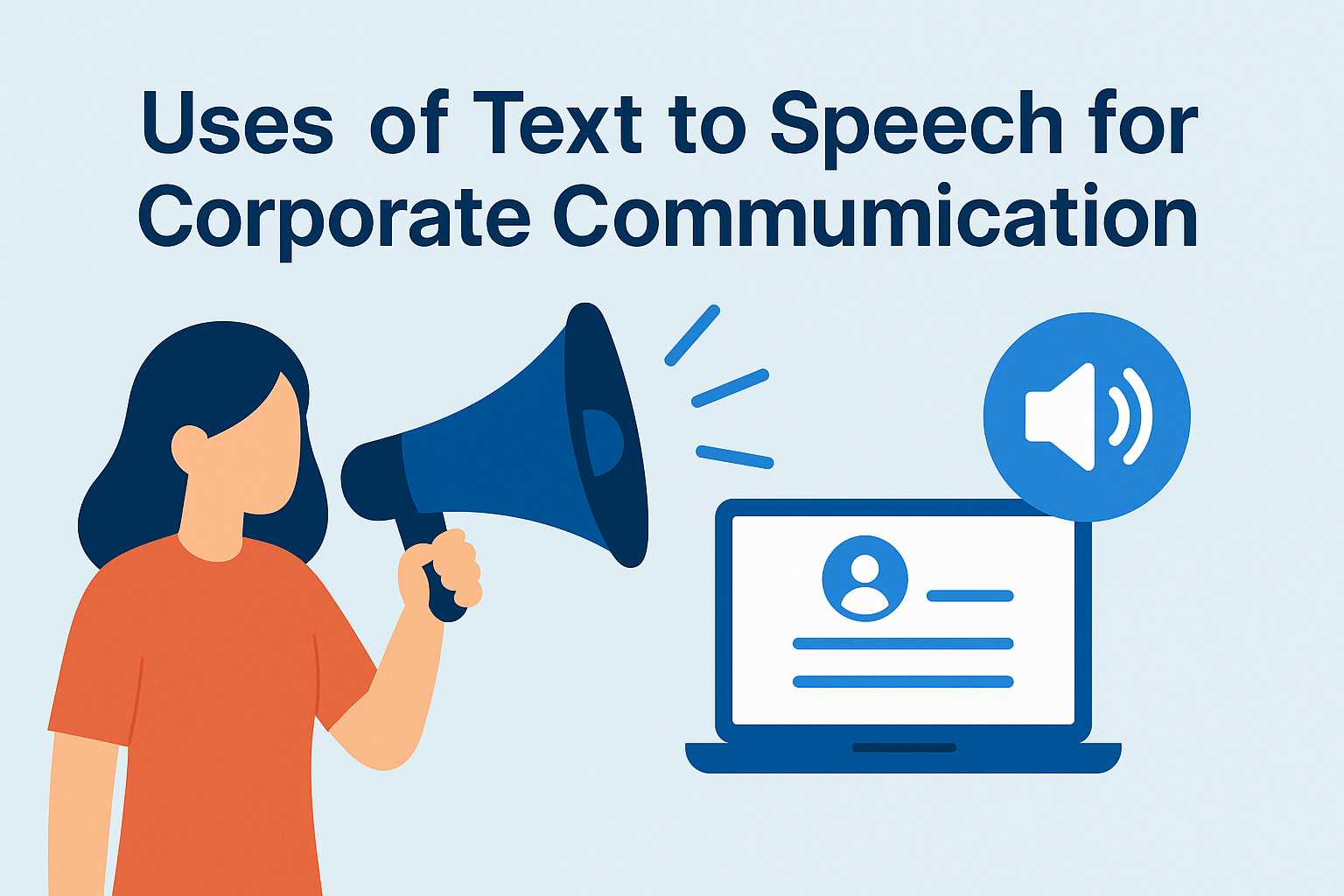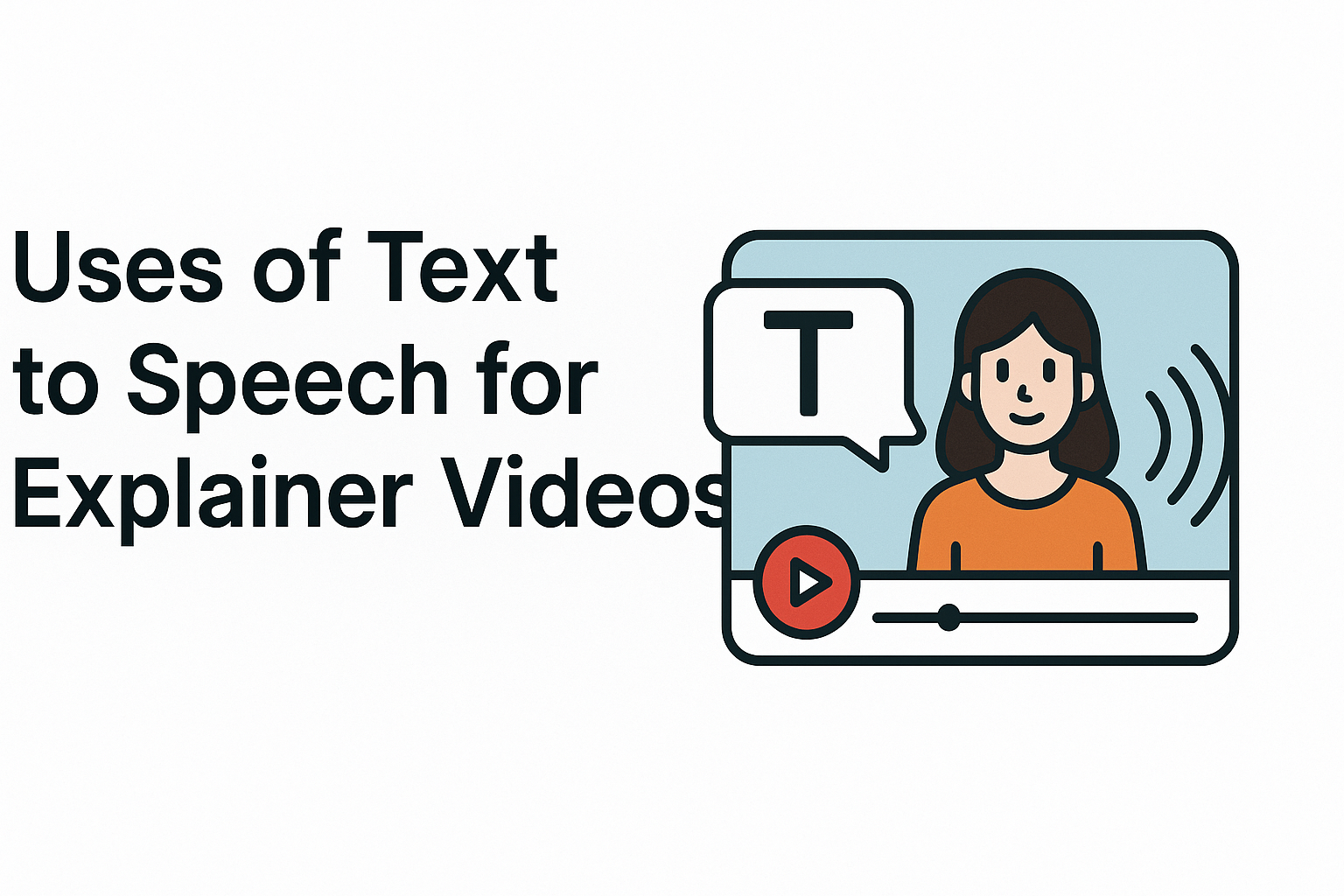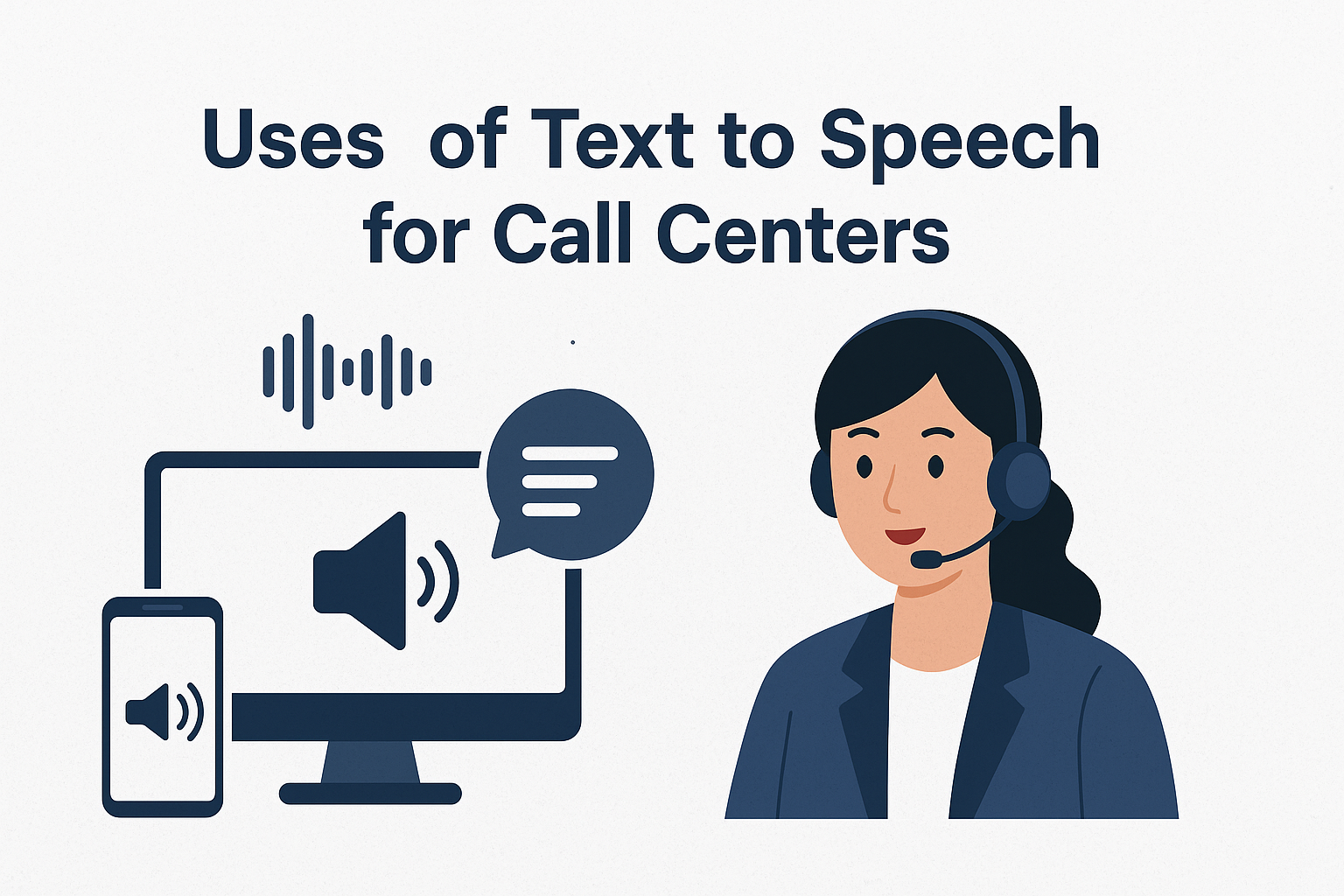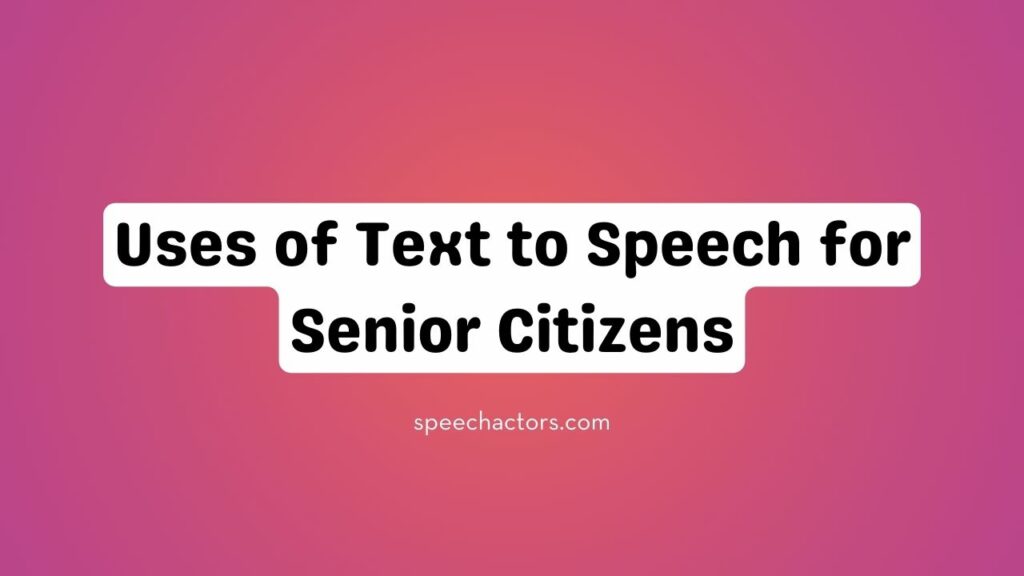How AI Voices are Enhancing Podcast Monetization
Podcasting is no longer just about a host and a microphone. It has become a massive global industry where efficiency drives profit. Today, AI voice technology is reshaping how shows are made and how they make money. This shift moves beyond simple editing tools. It changes the core business model by making production faster, cheaper, […]
How AI Voices are Enhancing Podcast Monetization Read More »




